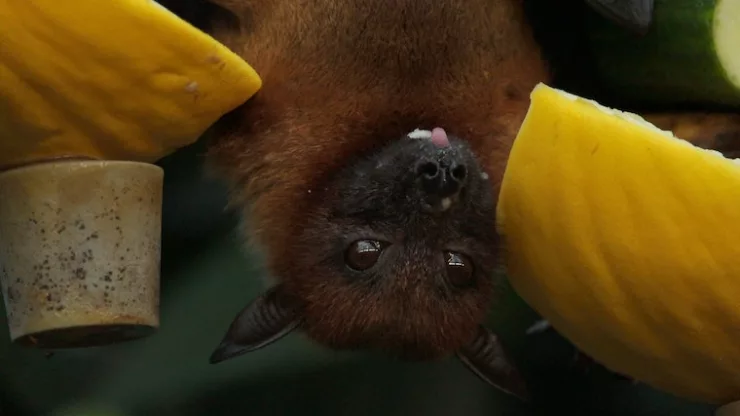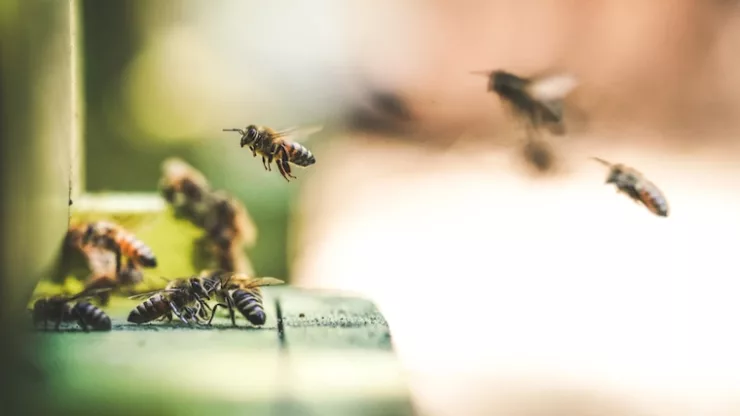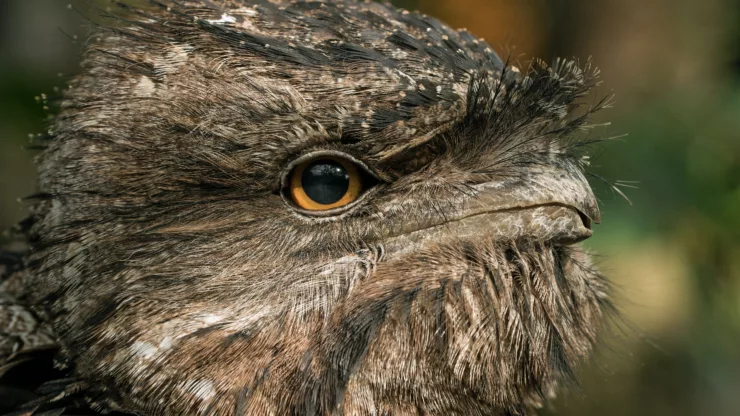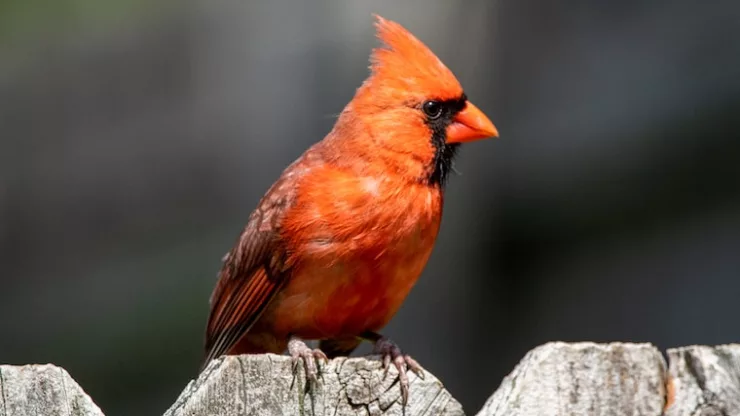Urbanization has led to a decrease in natural habitats for many animals, including bats.
Bats are an essential part of our ecosystem, playing a crucial role in pollination and insect control.
However, their populations are declining due to habitat loss and human activities.
Creating urban bat habitats is a way to encourage nighttime pollinators and help preserve these critical species. In this article, we will explore the importance of urban bat habitats, how to create them, and the benefits they provide.
Jump to Section
Importance of Urban Bat Habitats
Bats are essential pollinators, especially at night when other pollinators are inactive. They are responsible for pollinating many fruits, including bananas, mangoes, and avocados.
Without bats, our food supply would be greatly affected. Additionally, bats are natural pest controllers, consuming vast amounts of insects every night.
This means that their presence can help reduce the use of harmful pesticides, making our food and environment safer for humans and other animals.
Unfortunately, urbanization has led to a decline in bat populations, as their natural habitats are destroyed or altered.
Building urban bat habitats is an effective way to help preserve these critical species and promote biodiversity in urban areas.
How to Create Urban Bat Habitats
Creating urban bat habitats is relatively easy and can be done in a variety of ways. Here are some tips for creating your own urban bat habitat:
1. Choose the Right Location
Bats prefer quiet, dark places, so choose a location that is away from noise and artificial light.
A good location for an urban bat habitat is a backyard or a park with mature trees.
2. Provide a Bat House
A bat house is a structure designed to mimic natural bat roosts. It provides a safe and secure place for bats to roost during the day.
Bat houses can be purchased, or you can build your own using plans available online.
3. Plant Pollinator-Friendly Plants
Bats feed on nectar and pollen from flowers, so planting pollinator-friendly plants is essential.
Native plants are the best choice, as they are adapted to the local environment and provide the right type of food for local bat species.
4. Limit Pesticide Use
Pesticides can be harmful to bats, as they can accumulate in their bodies and harm them over time.
Limiting pesticide use in your urban bat habitat is crucial to creating a safe environment for these animals.
Benefits of Urban Bat Habitats
Creating urban bat habitats has many benefits, both for the environment and for humans. Here are some of the benefits of urban bat habitats:
1. Increasing Biodiversity
Urban bat habitats promote biodiversity in urban areas, providing a home for a variety of species.
This can help improve the overall health of the ecosystem and provide a more balanced environment.
2. Reducing Pesticide Use
As mentioned earlier, bats are natural pest controllers, consuming vast amounts of insects every night.
By creating urban bat habitats, we can reduce the use of harmful pesticides, making our food and environment safer for humans and other animals.
3. Promoting Ecotourism
Urban bat habitats can be a source of ecotourism, attracting visitors who are interested in learning about bats and their role in the ecosystem.
This can provide economic benefits to local communities and help raise awareness about the importance of biodiversity.
Conclusion
Urban bat habitats are an effective way to encourage nighttime pollinators and help preserve these critical species.
By creating these habitats, we can promote biodiversity, reduce pesticide use, and provide economic benefits to local communities.
Creating an urban bat habitat is easy and can be done by anyone with a backyard or access to a park.
So, why not do your part and help preserve these essential creatures?
FAQs
- Do bats carry diseases that can be harmful to humans? Bats can carry diseases such as rabies, but the risk of transmission to humans is low if proper precautions are taken.
- Are bat houses effective in attracting bats? Yes, bat houses are an effective way to attract bats to your urban bat habitat. However, it may take some time for bats to find and use the bat house.
- Can urban bat habitats be created in apartment buildings? Yes, urban bat habitats can be created in apartment buildings by providing bat houses on balconies or rooftops.
- Are bats blind? No, bats are not blind. They can see, but their vision is not as clear as that of humans.
- How can I learn more about urban bat habitats and their importance? There are many resources available online and in local libraries, including books and articles about bat conservation and urban bat habitats.
I’m a nature enthusiast and creator of Metro Wilds and have spent years exploring the great outdoors.
With a passion for environmental conservation and sustainability, I have dedicated my career to writing about the beauty and wonders of nature, as well as the threats facing our planet.
Contact me at [email protected] for assistance.





